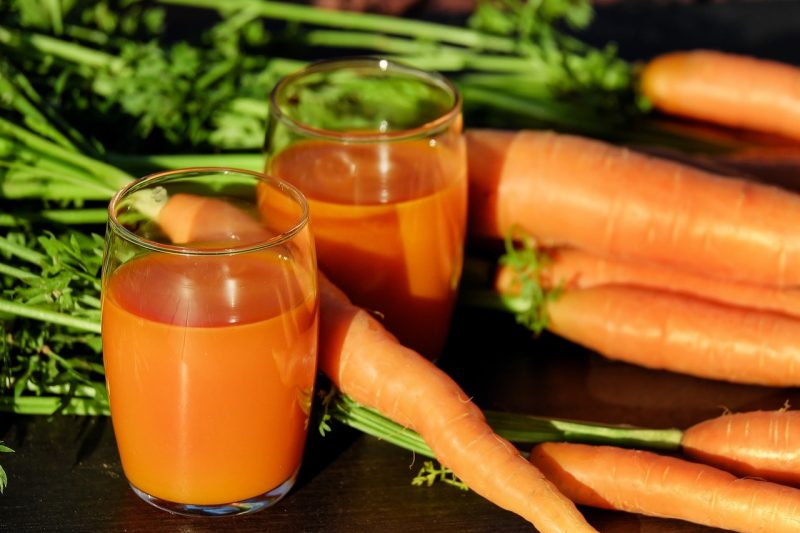The amino acids They are the fundamental units that make up proteins. They have a crystalline appearance and their main function is to reconstitute the proteins that supply the muscles throughout the body (although, as we will see later, this is not the only function of amino acids in the body). On the other hand, it is important to clarify that there are amino acids that are not part of proteins.
The elaboration process of an amino acid is produced inside cells, on ribosomes. An amino acid is made up of two amino acid elements that are combined. In this combination, a condensation occurs that releases water, thus forming a peptide bond.
The residue that is produced from this union is called a dipeptide. If another amino acid is added, it is called a tripeptide. If several amino acids are joined, it is called a polypeptide.
What are the functions of amino acids?
In the human body, amino acids fulfill several functions:
- They regenerate tissues, cells and prevent aging of the body in general.
- They help nutrients to be incorporated by the body, that is, they are metabolized.
- They prevent high cholesterol problems. In this way they protect the heart and the entire circulatory system in general.
- They help the body take advantage of the vitamins and minerals that humans ingest.
- They favor the digestive process, since it helps in the synthesis of digestive enzymes.
- They intervene and facilitate fertilization.
- They provide energy to the body.
- They help in the growth and repair of tissues. In this way they carry out an important activity when we get hurt or injured, for example.
Types of amino acids
Amino acids can be classified into two large groups: essential and non-essential.
- Essential amino acids. These types of amino acids are those that the body cannot produce. Therefore, the human being must incorporate them through food. Examples of these are: Isoleucine, Leucine, Lysine, Methionine, among others.
- non-essential amino acids. These amino acids are what our body is capable of generating by itself, starting from other substances or essential amino acids. Examples of these amino acids are: alanine, arginine, aspargine, aspartic acid, cysteine, glutamic acid, glycine, proline, serine, tyrosine.
Examples of foods with amino acids

| Garlic | chestnuts | Turkey |
| almonds | Onion | cucumbers |
| Celery | Cabbage | Fish |
| Rice | Green asparagus | Red pepper |
| hazelnuts | Spinach | Green pepper |
| eggplants | Green peas | leeks |
| Broccoli | Broad beans | Cheese |
| Zucchini | Milk | Tomatoes |
| Pumpkin | lettuce | Wheat |
| red meat | Vegetables | carrots |
Classification of foods according to the type of amino acid they contain
Next, a list has been made where the foods that contain the following amino acids can be classified. As will be seen, some foods are repeated in both lists. This is because that food contains more than one amino acid.
The more amino acids a food contains, the more protein-rich that food will be.
Histidine amino acid (essential and non-essential amino acid)
- Beans
- eggs
- buckwheat
- corn
- cauliflower
- mushrooms
- potatoes (potatoes)
- Bamboo shoots
- bananas
- melon
- citrus (lemon, orange, grapefruit, tangerine)
Isoleucine amino acid (essential amino acid)
- sunflower seeds
- sesame
- peanuts
- Pumpkin seeds
Amino acid Leucine (essential amino acid)
- Beans
- Lentils
- Garbanzo beans
Amino acid Lysine (essential amino acid)
- peanuts
- sunflower seeds
- walnuts
- cooked lentils
- black beans
- peas (peas, green peas)
Amino acid Methionine (essential amino acid)
- Sesame
- brazil nuts
- Spinach
- Turnip
- Broccoli
- pumpkins
Amino acid Cysteine (non-essential amino acid)
- cooked oatmeal
- fresh red pepper
- Brussels sprouts
- Broccoli
- Onion
Phenylalanine amino acid (essential amino acid)
- Walnuts
- almonds
- roasted peanuts
- Beans
- Garbanzo beans
- Lentils
Amino acid Tyrosine (non-essential amino acid)
- avocados
- almonds
Amino acid Threonine (essential amino acid)
- Lentils
- cowpea
- peanuts
- Flax
- Sesame
- Garbanzo beans
- almonds
Tryptophan amino acid (essential amino acid)
- Pumpkin seeds
- sunflower seeds
- cashew nuts
- almonds
- Walnuts
- Beans
- Green peas
- Peanut
Amino acid Valine (essential amino acid)
- Lentils
- Beans
- Garbanzo beans
- Peanut
